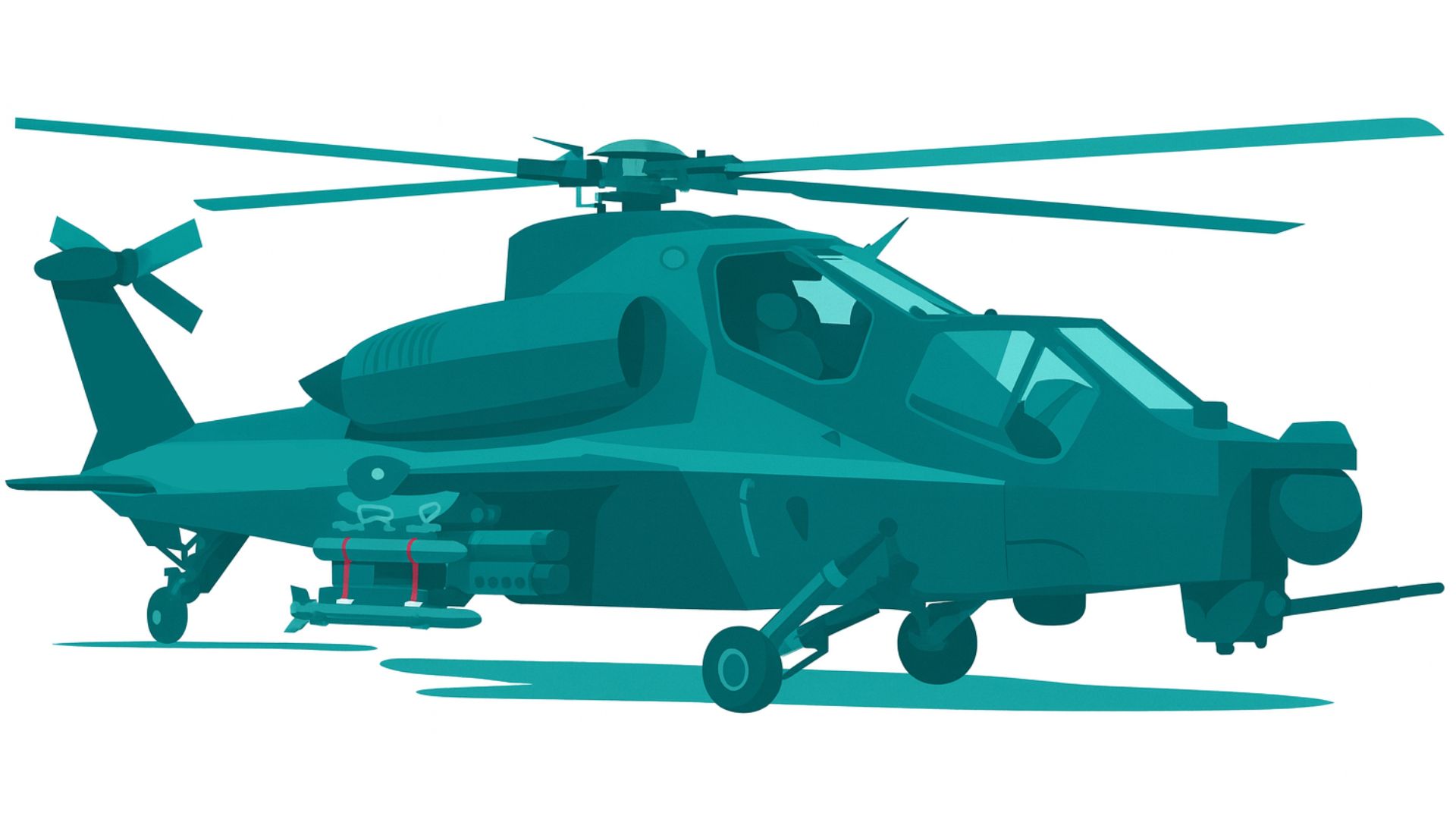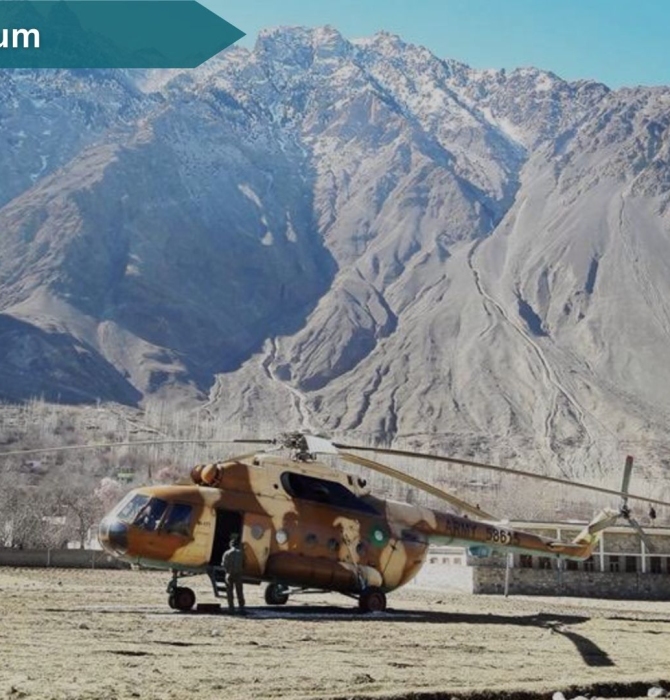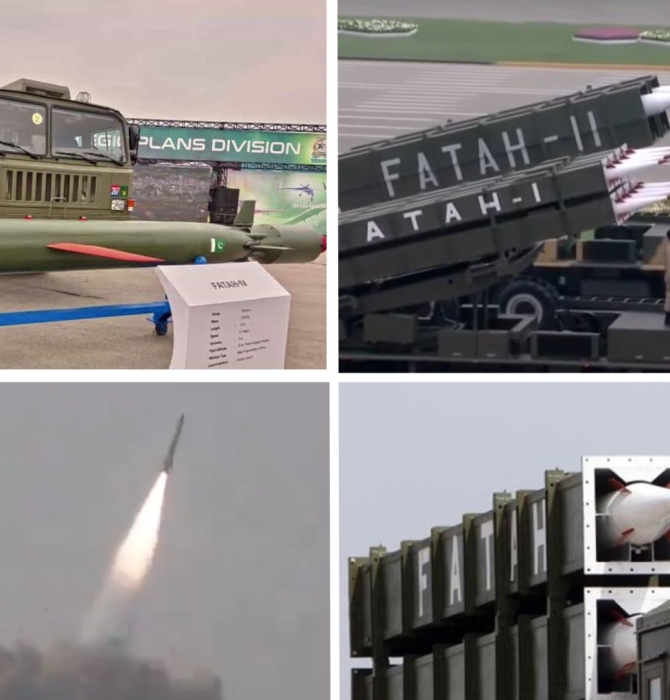13797Views

Report: How the Z-10ME Requires the Pakistan Army to Adopt a Low-Level Air Power Strategy Quwa Premium
Executive Summary
On 2 August 2025, the Pakistan Army Aviation Corps (PAA) inducted the Z-10ME-2, a heavily upgraded Chinese attack helicopter tailored for contested environments.
At face value, this closes a decade-long procurement saga that began with the search for a replacement to the AH-1F/S Cobra. But in reality, the Z-10ME-2 represents a major doctrinal crossroads: Pakistan now possesses a rotary-wing platform that can act not only as an attack asset, but as an integrated node in a broader low-altitude strike network – if the supporting doctrine, inter-service coordination, and enabling technologies are in place.
This in-depth Quwa analysis examines:
- Lessons from Russia’s use of gunships in Ukraine and what lessons can – and cannot – be applied to Pakistan’s context.
- The doctrinal shift from Cold War-era close air support to integrated, stand-off, low-altitude airpower.
- The Z-10ME-2’s unique capabilities: from active electronically scanned array (AESA)-based defensive aid suite, electronic countermeasures to millimeter-wave radar and 25+ km-class stand-off munitions – and how they change the survivability and low-altitude strike equations.
- The inter-service challenge: why the PAA cannot fully exploit this platform without deeper operational synergy with the Pakistan Air Force (PAF).
- India’s parallel build-up of Prachand and Apache fleets, and the risks of a symmetric low-altitude strike race which may flow into widespread rotary drone procurement.
- The force structure question: optimal fleet size, potential for a mixed manned–unmanned composition, and the limited but strategic role for Pakistan’s domestic industry.
Beyond technical specifications, this piece tackles the reality that without doctrinal reform and coordinated system-of-systems integration, the Z-10ME-2 could be at risk of becoming an expensive but under-utilized asset. Conversely, with the right operational model, the Z-10ME-2 could form the foundation for a credible, integrated, low-level tactical airpower capability.
This is not just an aircraft induction story. Rather, it is a discussion about how the Pakistan Army defines the future of its Aviation Corps, and whether it can leverage the Z-10ME-2 to reshape its battlefield posture.
On 2 August 2025, the Pakistan Army Aviation Corps (PAA) crossed a quiet but significant threshold in its evolution. With the induction of an undisclosed number of Changhe Aircraft Industries Corporation (CAIC) Z-10ME-2 attack helicopters, the PAA has not only found a replacement for its obsolete AH-1F/S Cobras but it also acquired a platform capable of operating in an integrated, low-altitude strike network.
This is a doctrinal inflection point: the Z-10ME-2 is not just an attack helicopter, but a potential command and strike node in a future where electronic warfare (EW), precision-guided stand-off weapons (SOW), and unmanned aircraft systems (UAS) define the survivability and lethality of rotary-wing assets.
For the PAA, the question is no longer whether attack helicopters have a place in modern warfare – Ukraine’s battlefields have already shown that they do, provided they are employed correctly.
The real question is where – and how – Pakistan can adapt its doctrine, inter-service cooperation, and supporting systems so that the Z-10ME-2 is more than a replacement airframe, and instead becomes a core element of the Army’s emerging tactical airpower.
From Direct Fire Support to Integrated Low-Altitude Air Ops
When thinking about a comparatively slower-flying, lower-altitude air combat system, is it still feasible employing this high-cost asset in combat environments laden with fairly capable anti-air warfare (AAW) systems with surface-to-air missiles (SAM), anti-air guns (AAG), or even first- person view (FPV) drones? Could they survive and, more importantly, provide a credible edge against a well-equipped adversary from a land warfare perspective?
If one had asked Russia at the start of its invasion of Ukraine in early 2022, the answer would have been a resounding “no.”
In 2022, based on Oryx’s data, Russia lost more than 50 attack helicopters to Ukraine. These helicopters generally flew at low altitudes and, in turn, became susceptible to Ukraine’s man-portable air defence systems (MANPADS), anti-air guns (AAG), and, to an extent, even small arms fire. Although the lack of modern countermeasures on the attack helicopters were a factor, the main driver for those losses had arguably been Russia’s operational employment at the time. Russia did not achieve air superiority in the areas those helicopters were deployed in, forcing them to fly low and be susceptible to Ukrainian fire.
In effect, Russia’s rotary losses in Ukraine could be attributed to applying the wrong doctrine, especially for conventional warfare scenarios. It is clear that attack helicopters would not succeed at the heart of a contested environment where the enemy maintains high -to-medium-altitude and low-level air coverage of its own. Russia losing modern Ka-52 and Mi-28 attack helicopters in relatively high numbers is the proof.
This is why Russia pivoted from using its helicopters for direct fire support to, instead, low-level stand-off range strike assets. By 2023, the Russians began using its Mi-28s and Ka-52s as essentially stand-off range strike platforms, with munitions like the Vikhr and Izdeliye 305 enabling those platforms to fire at ranges of 8 km to 15 km. This shift helped keep the attack helicopters away from the reach of Ukraine’s low-level air defence coverages while still enabling them to be effective close air support (CAS) assets.
Thus, in a sense, instead of operating in the proximity or ‘over’ the combat engagement point, the Russian attack helicopters were deployed from ‘behind’ to fire stand-off range weapons (SOW). In addition, Russia also began assigning numerous Mi-8MTPRs to its rotary attack groups; these Mi-8s were configured with EW equipment for interfering with radars and communications, allowing the attack helicopters to navigate more safely in contested areas. Finally, Russia also incorporated drones to serve as forward targeting scouts, improving both the accuracy and the responsiveness of attack helicopters against targets and changing conditions, in real-time.
Yes, the Mi-28s and Ka-52s were both reconfigured with more modern subsystems, but really, the greatest improvement came from the change in deployment modes. Now, the Russians are employing their attack helicopters as part of integrated formations comprising of special mission – e.g., EW – helicopters, drones, and other ISTAR (i.e., intelligence, surveillance, reconnaissance, and target acquisition) nodes rather than standalone support assets for armor and/or infantry.
In practical terms, the Russians would use their attack helicopters in ways where they can ‘pop up, fire, and scoot’ – i.e., briefly expose their presence long enough to fire SOWs and then, very quickly, move back into safety behind terrain or away from enemy anti-air fire reach. As a result, the helicopters were used to carry out specific tasks, like neutralizing a particular target, instead of being tasked to work under a broad mandate like ‘support the troops on the ground.’
In other words, the modern attack helicopter is less of a CAS asset in itself and more of a node in an integrated, low-altitude airpower capability. This doctrinal change led to a 52%+ reduction in attack helicopter losses from 2022 to 2023, with Oryx tallying about 30 units lost that year. In 2024, Russia’s attack helicopter losses apparently fell to less than 10 units.
However, while the doctrinal shift played a role, there were a few key caveats to account for when discussing Russia’s success. These caveats were discussed in detail by Perun, an analyst who has closely followed the evolving technology and doctrinal trends of this conflict from its beginning. First, Ukraine also became more effective in targeting forward bases via long-range guided rockets like the ATACMS. As a result, Russia could not deploy its attack helicopters as closely to its frontlines in some areas as it had in the earlier periods of the war. Second, one cannot definitely conclude if the drop in losses were solely because of an improvement in doctrine or a reduction in Russian attack helicopter usage resulting from Ukraine’s more assertive posture.
End of excerpt. You’ll need to login or subscribe to Quwa Premium to access the full report.
Existing Quwa Plus/Pro members can log in below
Note: Logged in members may need to refresh the article page to see the article.


